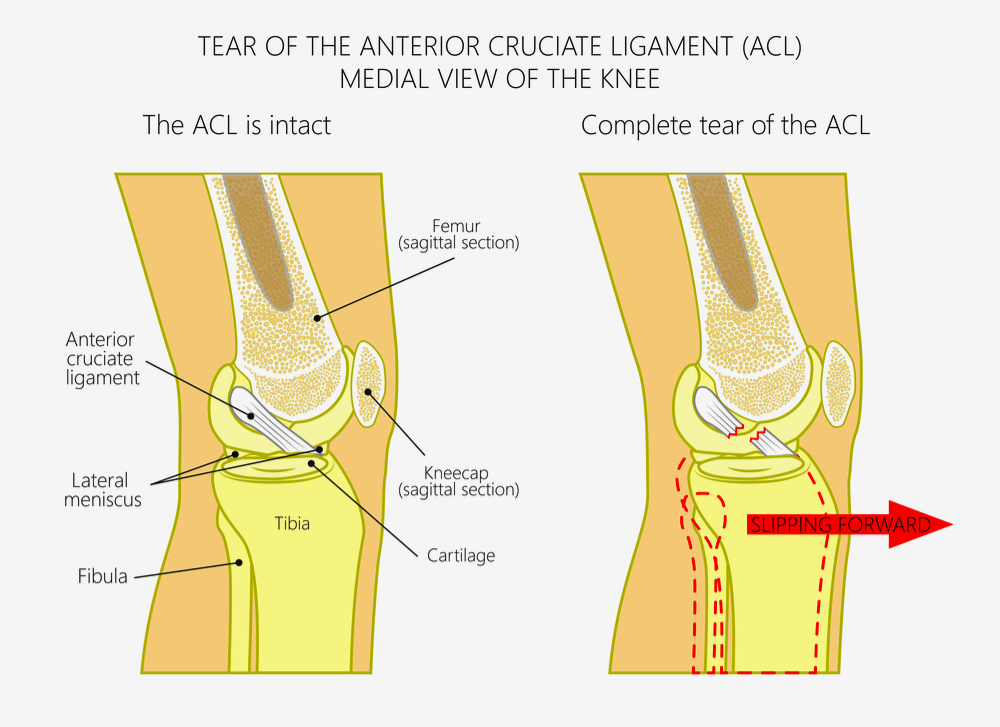

Your physical therapist will help you decrease your swelling, increase the range of movement of your knee, and strengthen your thigh muscles (quadriceps). Some surgeons refer their patients to a physical therapist for a short course of rehabilitation before surgery. If your orthopedic surgeon determines that surgery is necessary, your physical therapist can work with you before and after your surgery. It may include treatments such as gentle electrical stimulation applied to the quadriceps muscle, muscle strengthening, and balance training. If you fall into this category, based on the specific tests your physical therapist will conduct, your therapist will design an individualized physical therapy treatment program for you. These patients have injured only the ACL, and have experienced no episodes of the knee "giving out" following the initial injury. Treatment Without SurgeryĬurrent research has identified a specific group of patients (called "copers") who have the potential for healing without surgery following an ACL tear. If you decide to have surgery your physical therapist can help you before and after the procedure. Your physical therapist may teach you ways to modify your physical activity in order to put less stress on your knee. If you don’t have surgery, your physical therapist will work with you to restore your muscle strength, agility, and balance, so you can return to your regular activities. Once an ACL tear has been diagnosed, you will work with your surgeon and physical therapist to decide if you should have surgery, or if you can recover without surgery. If you elect to have surgery, your physical therapist will help you prepare both for surgery and to recover your strength and movement following surgery. Your physical therapist, together with your surgeon, can help you determine if nonoperative treatment (rehabilitation without surgery) is a reasonable option for you. A select group can actually return to vigorous physical activity following rehabilitation without having surgery. Most people who sustain an ACL tear will undergo surgery to repair the tear however, some people may avoid surgery by modifying their physical activity to relieve stress on the knee. Your physical therapist may perform gentle "hands-on" tests to determine the likelihood that you have an ACL tear, and may use additional tests to assess possible damage to other parts of your knee.Īn orthopedic surgeon may order further tests, including magnetic resonance imaging (MRI), to confirm the diagnosis and rule out other possible damage to the knee.

Physical therapists are trained to help individuals with ACL tears reduce pain and swelling, regain strength and movement, and return to desired activities. Women are more likely than men to experience an ACL tear. Approximately 70% of ACL tears in sports are the result of noncontact injuries, and 30% are the result of direct contact (player-to-player, player-to-object). It is estimated that there are 95,000 ruptures of the ACL and 100,000 ACL reconstructions performed per year in the United States.

Approximately 200,000 ACL injuries are diagnosed in the United States each year. Nonathletes can also experience an ACL tear due to injury or accident. An anterior cruciate ligament tear is an injury to the knee commonly affecting athletes, such as soccer players, basketball players, skiers, and gymnasts.


 0 kommentar(er)
0 kommentar(er)
